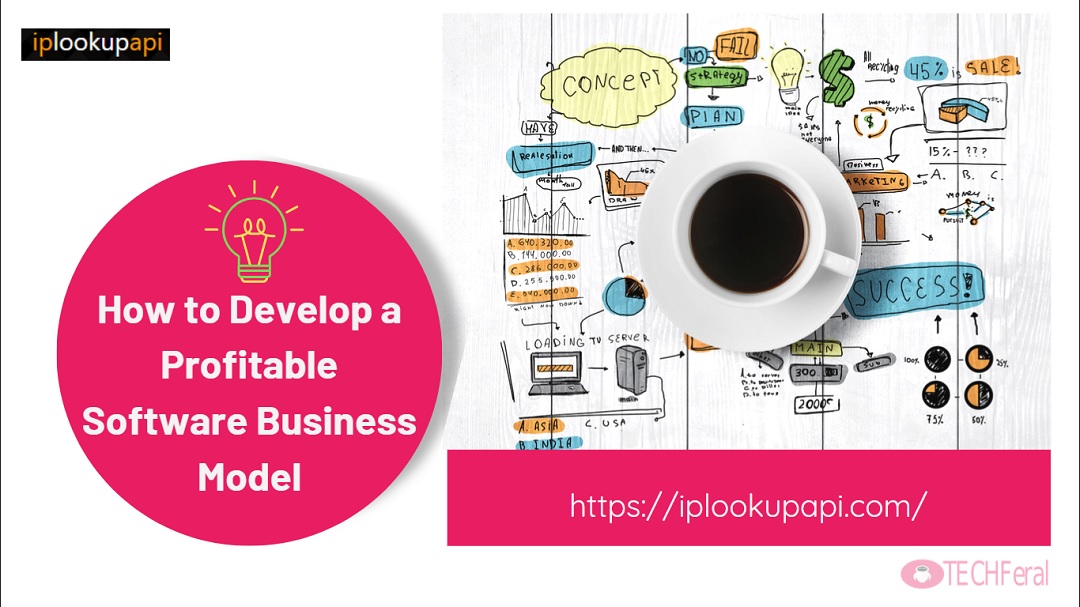
Last updated on : December 20th, 2022 by R Yadav
The business model you choose for your software business is a critical decision. There are many options, each with its own benefits and drawbacks. Which one should you choose? The answer depends on the type of software you produce and what kind of user base it will have.
A platform business model is a good option for software businesses. The key components of this type of business model are:
The most well-known example of a platform business model is Apple's App Store, where app developers make money by selling apps through Apple’s store and not directly from consumers themselves.
The pay-as-you-go business model is an excellent option for businesses that want to avoid upfront costs and don’t have a lot of cash flow. It is also a good option for businesses that need to scale up or down quickly.
Under this model, customers pay as they use the software. Since there aren’t any up-front fees or capital expenditures, the costs are low. The customer can sign up for as long as he needs and then cancel at any time without penalty if his needs change; however, if he does not cancel the service before its end date, he will be automatically renewed for another term at the same rate amount.
A freemium business model is one in which the basic features of your software are given away for free, while premium features are available for a fee. Here's how it works:
The self-service model is a software-as-a-service (SaaS) business model in which customers can use and manage the software themselves. Self-service is an excellent option when you have multiple customers and products, as it doesn't require technical resources to help your clients.
Think of self-service as "do-it-yourself" software, where your customer will receive training on how to use your product or service, but they won't need additional help from you after that point. This frees up time for other areas of your business so you can focus on revenue growth instead of customer support tasks.
The “annual subscription model” is a good way to generate revenue. In this model, customers pay a fixed amount each year. The amount can be as low as $20 or as high as $500, but in general, it should be higher than the initial cost of buying the software.
You can use this model for software and cloud services alike. For example, Dropbox gives users 2GB of storage space for free and charges them $10/month for 100GB and more than that for more storage space. Netflix does something similar—it lets you stream films and TV shows on its platform without paying anything upfront; however, if you want to watch movies offline or stream content in high definition quality (HD), then you will have to subscribe monthly at various price points depending on which plan works best for your needs.
You need to make sure that your business model is the right one for you. If it's not, there are several ways to change it so that it is.
There are many different ways of approaching this. Some businesses simply build software and sell it to customers directly (such as Microsoft). Others focus on providing services or consulting and then building software as needed (like Google). There are also many hybrids between these two approaches—for example, Facebook provides free social networking services but sells advertising in order to generate revenue.
You need a business model that works for your particular situation and goals.
Some critical questions include:
Software is a great way to make money, but it's not easy. You can't just build an app and expect people to pay for it on their own. There are many business models that you can implement to ensure profitability. The model you choose will depend on your personal preferences and how much time and effort you want to put into marketing your product. However, if your goal is a financial success with software then one of these methods will work well for you!
Read Also: Be the first - Video on the SEO optimization service